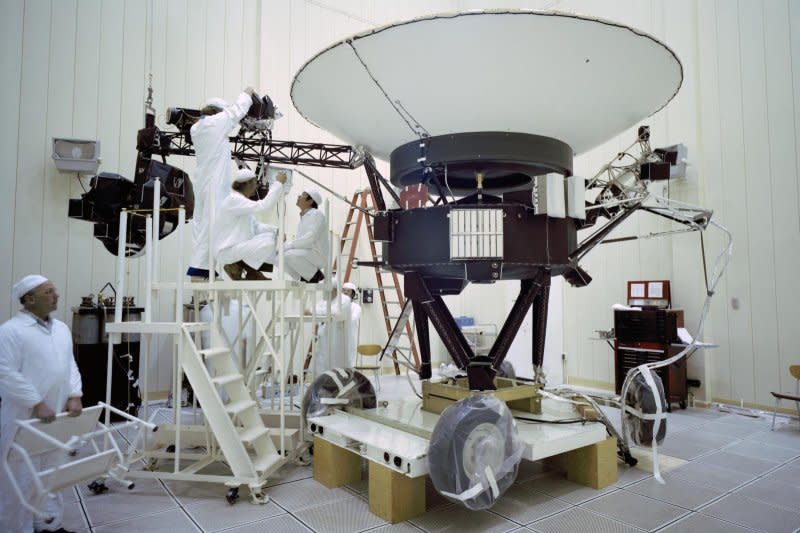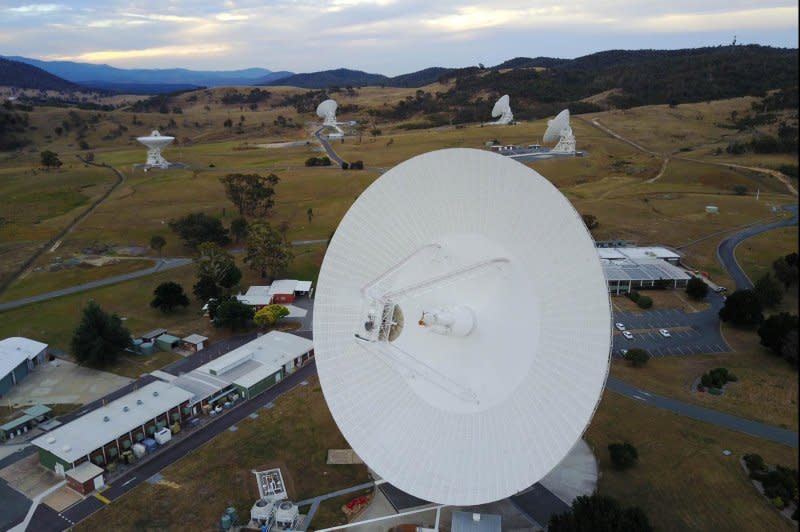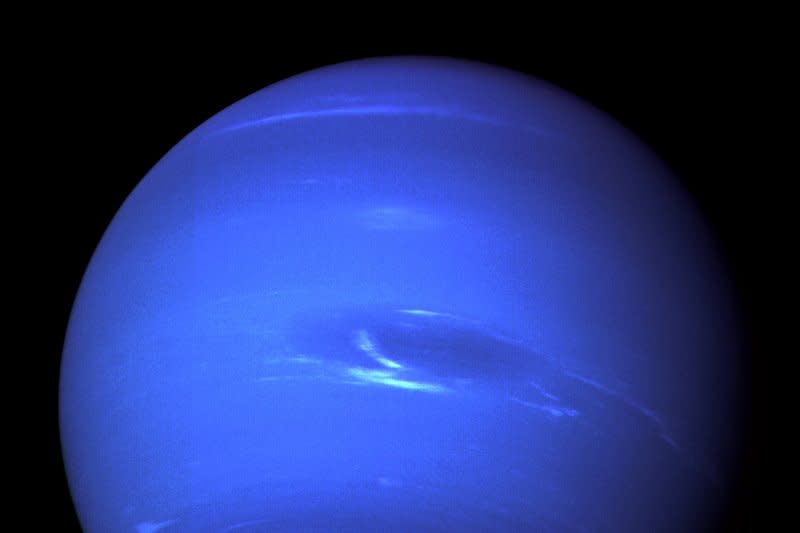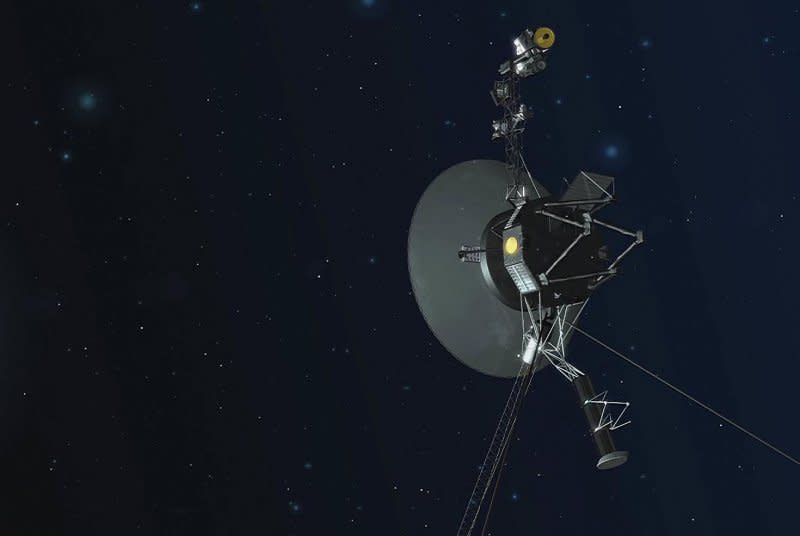NASA long shot re-establishes full communication with Voyager 2 probe

Aug. 5 (UPI) -- NASA scientists say they have now re-established full communication with the Voyager 2 space probe after losing contact with the pioneering spacecraft last month.
The space agency said in a mission update posted on Friday that it used a "shout" issued from its deep space antennas to re-establish a connection to Voyager 2, which is currently located in interstellar space more than 12.3 billion miles from Earth.
NASA lost contact with the probe last month after mistakenly sending it a command that caused it to shift the direction of its antenna by 2 degrees. The agency had been unable to communicate with it since then.
On Tuesday, scientists said they had detected a "heartbeat" signal from the craft.
Voyager 2 now is now operating as designed as it continues on an interstellar mission that began 46 years ago, they said.

Scientists sent the long-distance signal from the Deep Space Network facility in Canberra, Australia.
"With a one-way light time of 18.5 hours for the command to reach Voyager, it took 37 hours for mission controllers to learn whether the command worked," NASA said in its update.

"At 12:29 a.m. EDT on Aug. 4, the spacecraft began returning science and telemetry data, indicating it is operating normally and that it remains on its expected trajectory."
The move succeeded in instructing the spacecraft to reorient itself and turn its antenna back to Earth.

Had the long-shot not worked, the probe was scheduled to automatically reorient its antenna towards Earth midway through October.
Voyager is NASA's longest-running space program.
The Voyager 2 probe was launched in 1977 on a mission to explore deep space.

